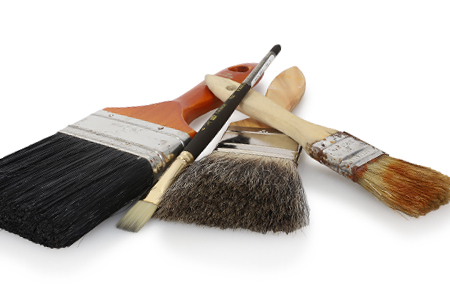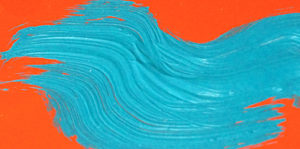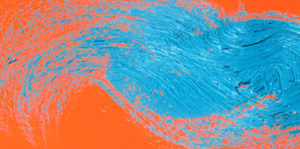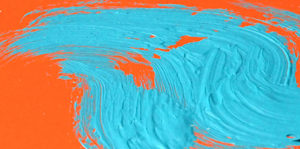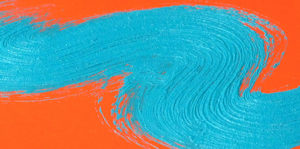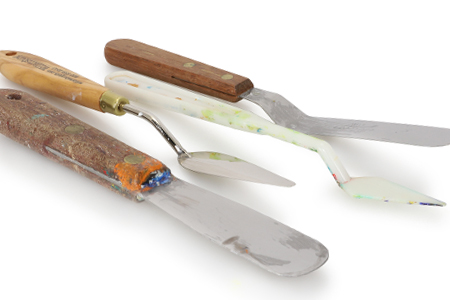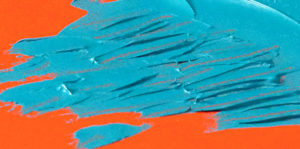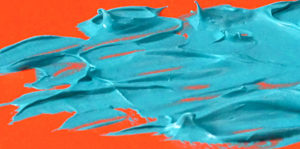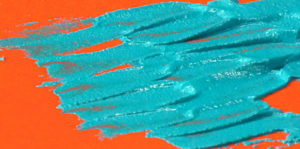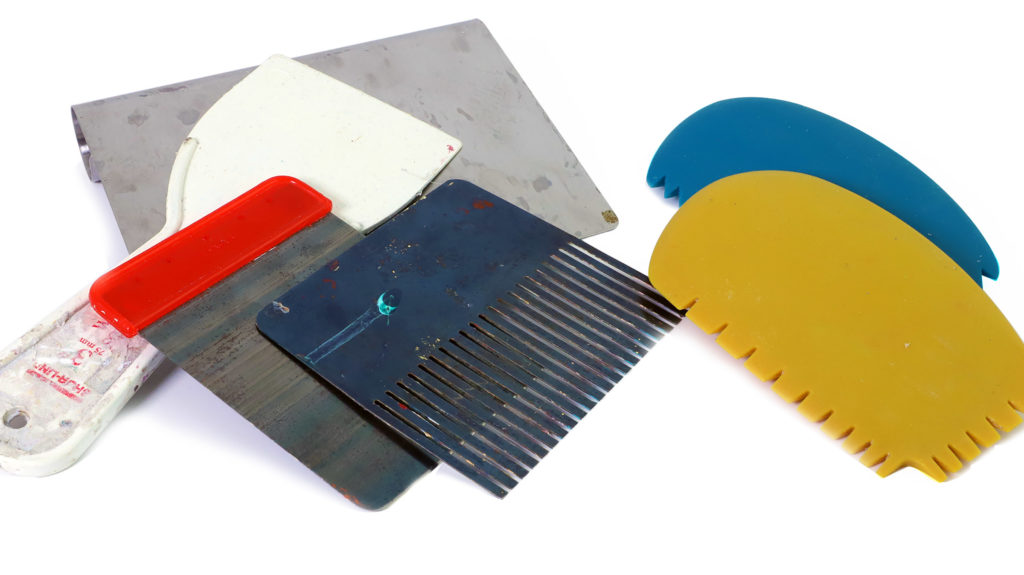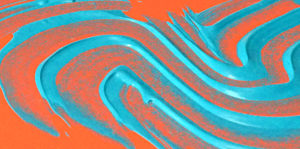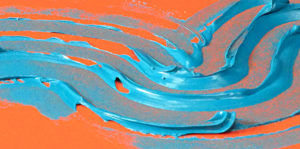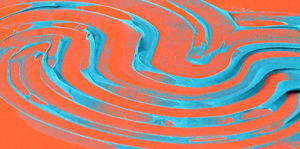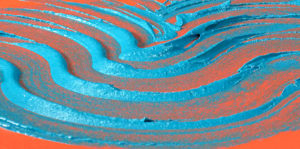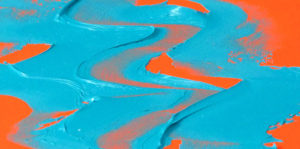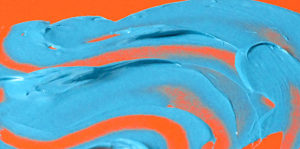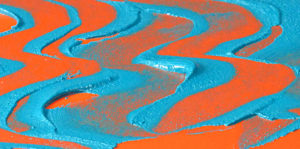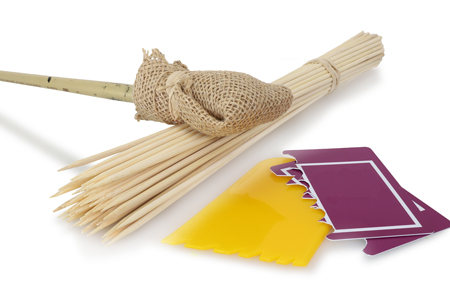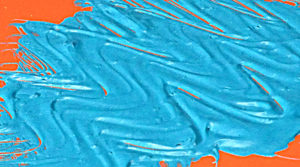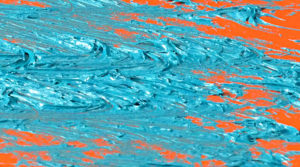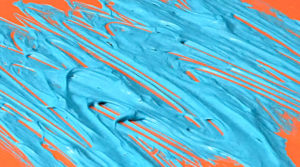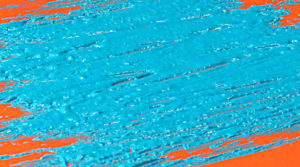
TOOLS FOR TEXTURE

Tools for creating texture in painting can be found at any art or craft supply store. Many artists find alternative uses for tools that are not originally intended for art-making. Some artists even make their own!
Historically artists made tools from feathers, bone, hair, twine, plant fibers, metals, and so on. Each tool was designed to optimize the desired result.
In this demonstration we will explore the effects of various conventional and unconventional tools and the unique textural marks they make with Heavy Body Acrylic, Heavy Body Acrylic mixed with Molding Paste, Williamsburg Oil and Williamsburg Oil mixed with Wax Medium.
We’d love to know what unconventional tools you use in the studio. Please share in the comments below this post!
Notice how the differences in texture are not only determined by the tool, but also by the media. Williamsburg Oils are inherently stiffer than Golden Heavy Body acrylics and will retain ridges. Heavy Body will increase in stiffness with the addition of a medium like Molding Paste and oils soften in Wax Medium.
Bristle Brush Tool Marks
Palette Knife Tool Marks
Plastic Card or Scraper Tool Marks
Silicone Spatula Tool Marks
NOTE: Once used as painting tools, kitchen utensils should not be returned to the kitchen for use with food.
Handmade Tools - Bundle of Bamboo Skewers Marks
Here are some other unconventional tool suggestions:
- Plaster tools
- Food and cake spatulas or cake icing knife
- Hair picks and hair combs
- Dried plat materials, dead flowers branches
- Pocket knife
- String or ribbon
- Yucca fiber
- Credit cards, old hotel keys, AARP cards
- Back brushes
- Rubber stamps
- Medical gauze
- Corn cobs
- Knitting needles
- Squeegee
- Chop sticks
- Dish scrubbers and sponges
- Found fibers, mesh, lace etc.
NOTE: Once used as painting tools, kitchen utensils should not be returned to the kitchen for use with food.
About Todd Leinbach
View all posts by Todd Leinbach -->Subscribe
Subscribe to the newsletter today!
No related Post

